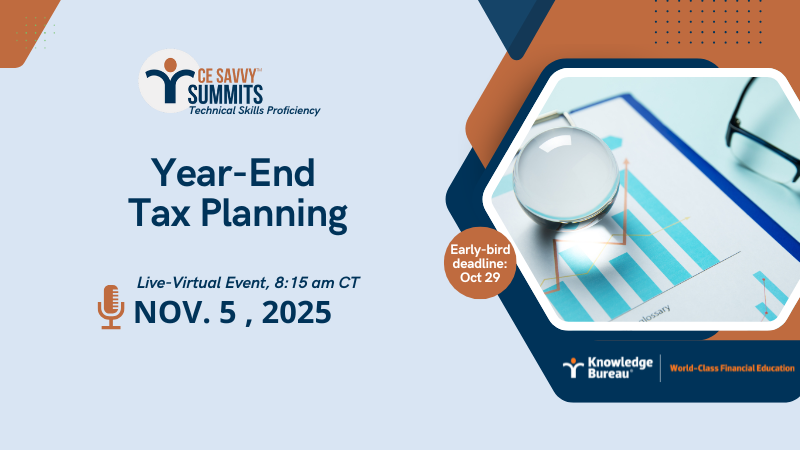Last updated: September 29 2025
Year End Planning and the 14% Solution

Geoff Currier & Evelyn Jacks
Arthur Godrey once said: “I’m proud to pay taxes but I could be just as proud for half the amount.” Well, it wasn’t quite that generous but, effective July 1, Canadians did get a tax cut. The problem is, it will also reduce the value of Canadians’ non-refundable tax credits. This needs to be taken into account in year end planning.
The Backdrop: The lowest personal income tax rate dropped from 15% to 14% on income up to $57,375 half way through the year. That means it will actually be calculated at 14.5% for the year.
The Numbers: The federal government claims this will save a two-income Canadian family up to $840 a year and help a total of 22 million Canadians. Further, that a two-income family will save up to $850 a year thanks to this reduction.
The math has been disputed. According to the Parliamentary Budget Office (PBO), a couple with a child earning in the second income bracket would get the closest to the Liberals’ claim with  an average of about $750 in savings. That works out to $14.42 a week.
an average of about $750 in savings. That works out to $14.42 a week.
Most single Canadians should expect to see a much smaller impact on their bottom line. The PBO estimates that this change will save taxpayers an average of $110 this year, (30 cents a day) rising to an average of $200 by 2029-30.
The Not So Great Tax Cut: This is a case of the large print giveth and the small print taketh away.
The PBO says the actual cost in revenue will be closer to $9.5 billion in 2025-26 but that loss of revenue will be offset by $4.2 billion in the clawback of various federal tax credits. Simply put, those clients claiming a lot of non-refundable tax credits (disability tax credit, medical expenses, charitable donations, tuition fees) could end up paying more income tax.
The PBO explains it this way: “. . . the basic personal amount and age amount, as well as other tax credits, are means-tested. As a result, the savings realized from this PIT rate decrease can vary depending on income.” In fact, the shift from 15% to 14% (beginning in 2026) will have a greater impact on those earning $57,375 and more, rather than those in the lowest income bracket.
Other critics, such as the Fraser Institute, state in a May 26th article “ the design of the tax cut (beyond the fact that this tax cut is paid for by borrowed money) limits its ability to improve overall economic growth and prosperity.”
The Bottom Line. While your clients will welcome any reduction in the amount of tax they pay, the average Canadian is unlikely to notice a significant change to their lifestyle as a result of this so-called middle class tax break. Some may in fact experience adverse consequences.
Those taxpayers who may be concerned about the value of their non-refundable tax credits in 2025 should consult their tax specialist before year end, to consider some mitigating tax strategies; for example: increasing donations, making an RRSP contribution, splitting income to avoid quarterly instalment remittance payments next year.
